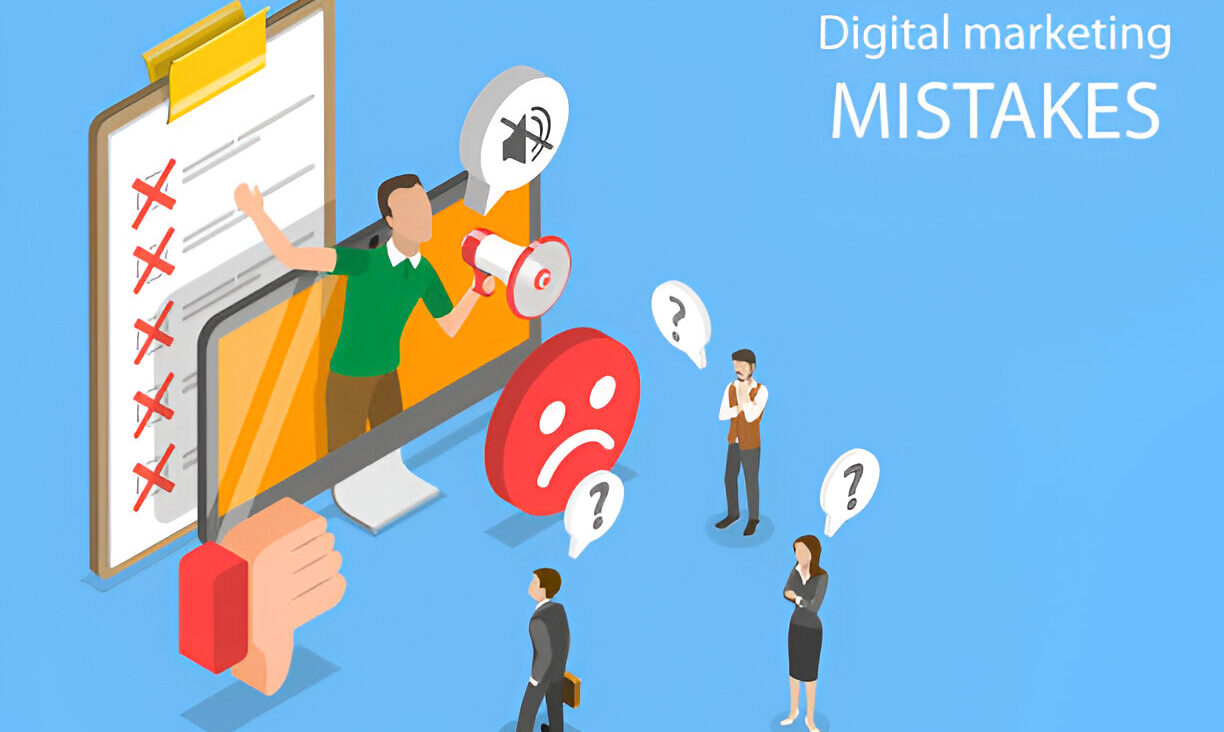In 2019, global spending on leadership training was an impressive $370 billion. Only though 14% of CEOs feel that they have the leadership talent needed to execute business strategies. Even when that investment is made, many leadership development programs fall short. But learning does not always lead to better organizational performance, and people return to the old ways of doing things.
Part of the reason for this is that they fail to include an important component of successful leadership developmdisruptsrupt ways of thinking. Disrupting a leader’s mindset is the critical first step toward changing behavior and organizational performance. Leadership development programs need that epiphany moment for leaders to prioritize new or different behaviors.
Including business and leadership simulations in leadership development is the best way to solve this. These simulations place leaders in real-life situations, forcing them to grapple with different approaches. They act as a bridge between concept and application—and they can be used in just about every industry to help shape and shape the future of the workforce.
Here are some of the benefits of an experiential and simulation-based approach to leadership development:
1. It catches leaders in the act of being themselves.
Leadership development is not that difficult. The techniques and skills are relatively simple, and it doesn’t take much for people with smarts to pick up. What is much more difficult for leaders is to recognize how they are currently behaving during key moments—andhe impact of their behavior on organizational success. Simulations do a good job of reflecting how leaders behave in a pressure situation. Holding up a mirror to what they and their peers are doing today is an important first step in leadership development and can be a catalyst for needed shifts in their mindset and behavior.
2. It forms a shared memory of the future.
Behavior change instituted during simulations continues in the real world at a much higher rate than traditional leadership development. Part of this is due to the triggers that people encounter in a simulation. They are often the same as those in their daily lives. People experience a trigger, react,, and then see the outcome.
This establishes what Arie de Geus refers to as shared memory in “The Living Company: Growth, Learning,,, and Longevity in Business.” People form shared memories around that series of events and how the group reacted. When you return to the real world, that behavior change continues. Leaders remember the potential outcome of an action before taking it.
3. It creates psychological safety.
Simulations are most effective when designed to reflect one’s organization and the stresses it faces. Leaders discuss and respond to realistic situations in a safe space, allowing them to experiment and try things they wouldn’t be confident enough to try in the real world. In essence, it gives them room to practice leadership without the pressure of actual performance.
4. It encourages hyperinvolvement
Business simulations allow for peer-based social learning. They provide a chance to learn from peers’ perspectives and reactions to a situation. Often there is competition thrown into the sessions. Leaders compete to outdo each other ,and they get hyper-involved and have fun.
Business simulations put leaders in realistic situations they will experience and allow them to work through these situations with peers while viscerally feeling the impact of different approaches. Many participants suggest that this kind of experience doesn’t feel like leadership development—it feels like they’re getting help and ppracticingrunning their businesses, and they’re grateful for it. When all is said and done, this may be the best evidence of all.
================
AISKILLSOURCE.COM










